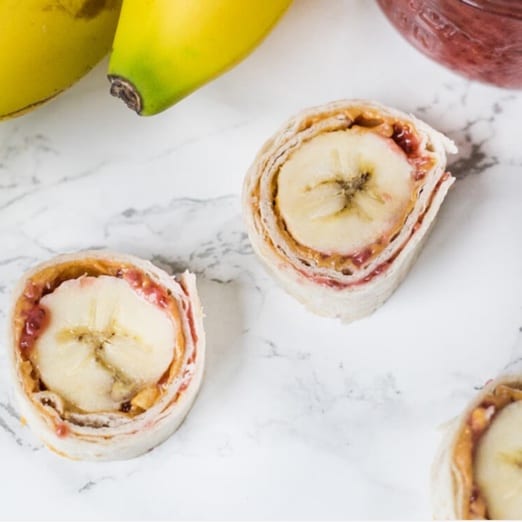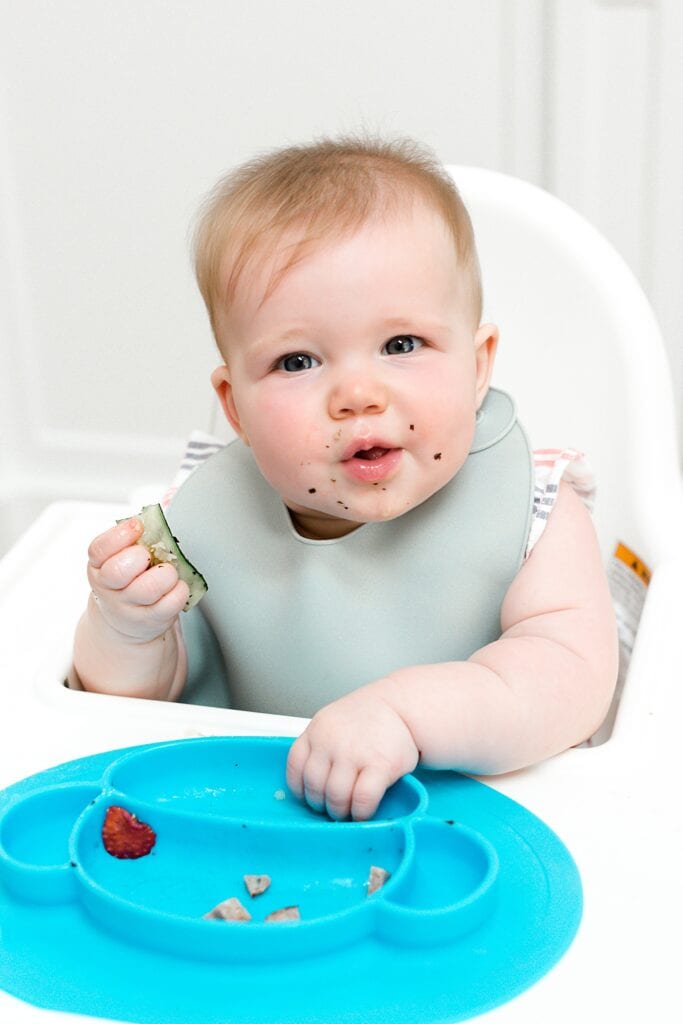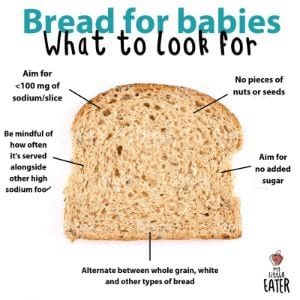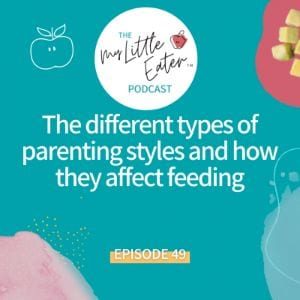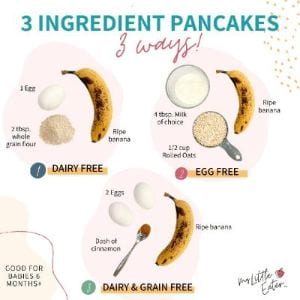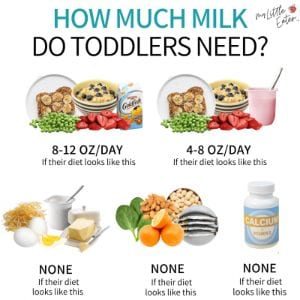![Main image for the article [My baby barely eats...is this normal?]. Pictured is a baby eating food from their highchair tray.](https://mylittleeater.fixed-staging.co.uk/wp-content/uploads/2019/01/New-Blog-Post-Image-Size-8-1-300x300.png)
It’s so common (seriously…so…so…common) to hear concerns voiced from parents who are doing baby led weaning about how little their baby seems to be eating. It freaks us out, especially when we have nurses or doctors telling us that they should be eating x amount of meals per day (each meal containing x amount of food). Is there something wrong with the food? Are they not understanding “how” to eat? Am I doing something wrong? Are they picky eaters already??” All of these questions make us feel like we’re failing even though we may have just begun introducing solids! Well – let’s cut through the noise and help clear up some answers for you.
First off, let’s figure out what “normal eating” is for a baby led weaning (BLW) baby.
BLW babies are learning the new skill of self-feeding on something they’ve never seen before. Because they are left to learn this without direct influence from the parents (i.e. no one is feeding them per say), each baby approaches this differently depending on their personality, readiness for solid food and maybe 10 other factors.
Some babies start off like they’re diving into a major feast they’ve been deprived of all their life. They immediately grab food and try and find its way into their mouth, taste something delicious, and the rest is history. Mealtimes are a hit and you are off to the races with a self-feeding baby that quickly learns how to eat.
Other babies start off cautiously, take their time learning about the food by touching, smushing, throwing and maybe licking it, but not necessarily ingesting much (or at all). They don’t necessarily mind mealtimes, but also prefer mama’s milk (or formula) to fill up on.
And then other babies may just sit in their high chair, staring at the food (or not) and refuse to even reach for it. I’ve seen this before, where the interest just isn’t there and they give you the stank eye for even considering putting them in this situation.
Guess what? All of these are normal!
To mix it up even more, you may have one start at any one of these stages and then move into another one as the weeks or months go on (again, for many reasons of which we will discuss below). Many babies don’t really get the hang of eating full meals until around 8 months of age and really need the time and continuous exposure to practice their skills.
So why isn’t this communicated to us more often? Why do we automatically think something is wrong?
Here’s why.
We’ve been trained to think babies should be eating more than they actually need.
This goes back to puree feeding and the predetermined portions that come in baby food jars that we assume is what a normal meal size looks like for every baby. And because sometimes with traditional puree feeding methods we are more easily able to “push” food into baby’s mouth, we are used to babies finishing off larger amounts of food even though their hunger levels didn’t match. We also mostly don’t realize that a lot of puree food is watered down and looks like it’s more food (and nutrients) than what a bite or two of whole food provides, but isn’t necessarily the case.
So with all that being said, in seeing a baby who is in full control of how much food goes into their bodies and who responds to the hunger and fullness cues, you can see why reframing what a “normal” amount of food in a meal is sometimes necessary! Especially with sick days, teething, feeling cranky or tired – all these factors come into play when we talk about how much they will want to eat. Add in all the novelty of learning new skills and being introduced to new food and voila! You have a normal BLW baby!
Now that we have that sorted out, how can you be REALLY sure that everything is good and they are getting the nutrition they need? We all know iron (and zinc) are key nutrients that they need to start getting from supplemental food sources as breastmilk just doesn’t cut it as the sole source of nutrition anymore. So how do we not worry about this if our baby barely eats in the first few months?
Well, you’d be surprised at how much a couple bites of an iron rich food like a juicy piece of meat or egg will pack (remember – it’s not diluted like baby food is). Even sucking on a juicy piece of steak or chicken thigh will ensure your baby gets tons of the good nutrients like iron in without ever taking a bite (P.S. I show you exactly how to do this safely and offer lots of other iron rich finger foods in my Baby Led Feeding online course)! If you make sure to offer these foods twice a day, you will be doing exactly what you need to help your baby get those nutrients they need without forcing or stressing them out.
If you still aren’t sure, here’s what I want you to consider when determining if your baby is eating enough or needs more support:
- Are they gaining weight? Yes, milk feedings will still supply the majority of their calories in the beginning and will help with weight gain…and that’s ok until they really get the hang of things.
- Take a look at their poops – have they changed in consistency or color at all since starting solids? If so, this is a sure sign that your baby is getting more food in than you think!
- Look at what your baby eats over the period of a week (not day). Do they compensate for uneaten meals on previous days by eating more a couple or a few days later?
- Are they interested in practicing eating? This means picking up food, playing with it, smushing it, bringing it to their mouth and spitting it out, licking it or swallowing? If so, this is a great thing! If your baby is over 8 months old and isn’t interested in picking up food or bringing it to their mouth, this can be cause for concern and may warrant a feeding evaluation.
- If you’re very concerned, you can ask your doctor to have their iron levels checked (note: this will require a finger prick!)
At the end of the day, between your baby’s ability to self-regulate their appetite and the constant practice eating solid food with no pressure to eat a certain amount, the amount of food eaten will naturally sustain growth and development and will be perfectly normal for your baby.
One final note: milk intake can affect appetite of solid foods and by 1 year of age, you’ll want your baby to have used the months of practice to transition onto a mainly solid food diet. If you suspect excess milk intake is affecting your baby’s appetite, let me know by sending me an email at info@mylittleeater.fixed-staging.co.uk or DM me on Instagram.
Until next time!



